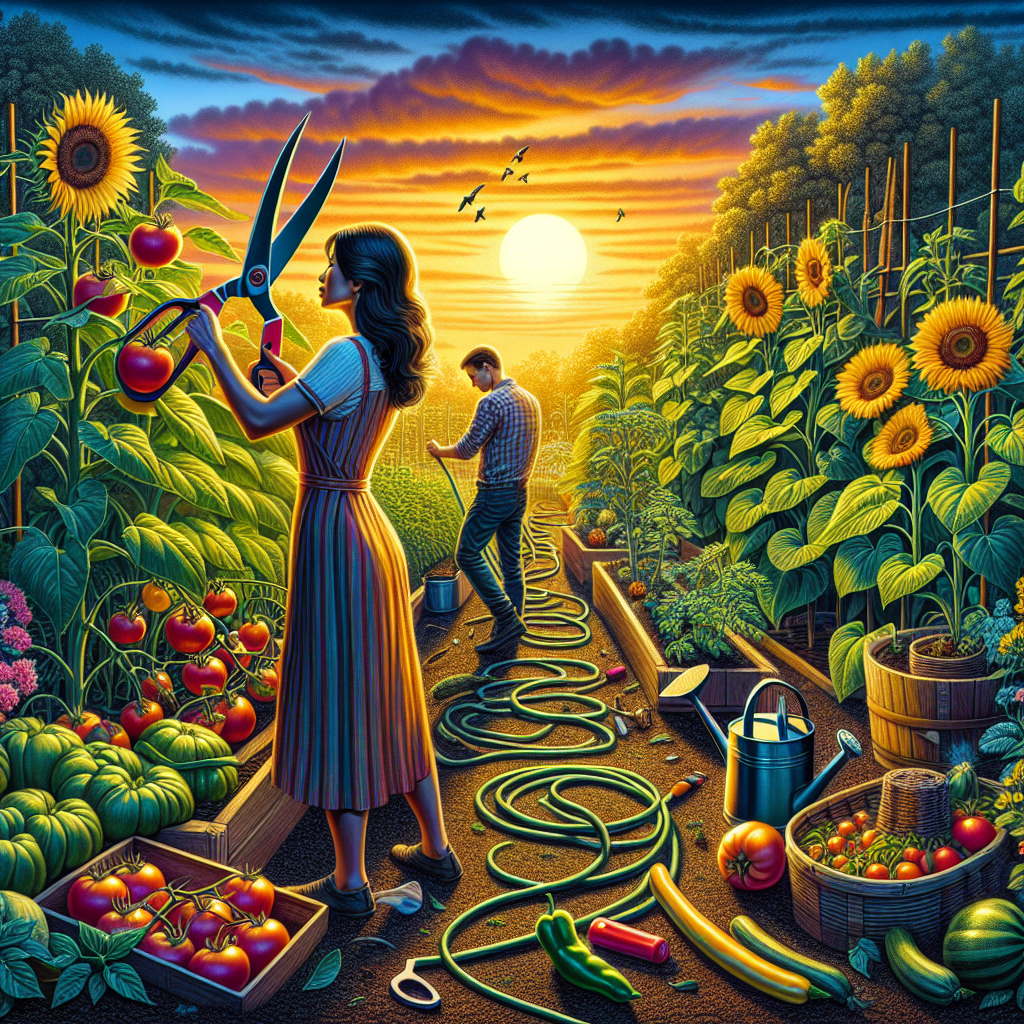Common Gardening Mistakes to Avoid
Gardening can be a fulfilling and therapeutic hobby, yielding lush greenery and vibrant blooms that brighten any outdoor space. But, as with any venture into the world of flora, it comes with its fair share of potential pitfalls. In this post, we will uncover some of the most common gardening mistakes and how to avoid them, ensuring your garden grows thriving and healthy.
1. Ignoring the Importance of Soil Quality
One of the biggest missteps in gardening is neglecting soil health. Quality soil is the foundation of a thriving garden. Before planting anything, test your soil’s pH and nutrient levels. Each plant has its optimal soil conditions, so adjust by adding organic matter like compost or properly balanced fertilizers if necessary. The United States Department of Agriculture provides excellent resources on understanding and improving soil health.
Tip:
– For quick soil testing and improvement, consider purchasing a soil testing kit from Amazon which can give you immediate insight into your soil’s condition.
2. Overwatering or Underwatering Plants
Water is life, but too much or too little can spell disaster for plants. Overwatering can lead to root rot, while underwatering can cause plants to wilt and die. Get to know the watering needs of each plant and stick to a schedule. During hotter months, you may need to water more frequently, but always check the soil moisture before doing so.
Tip:
– Use a moisture meter to determine the exact moisture levels of your soil, taking the guesswork out of watering.
3. Planting in the Wrong Location
Light and shade requirements vary widely among plant species. Some plants thrive in full sunlight, while others require shaded areas. Placing a shade-loving plant in direct sunlight can cause overheating and sunburn, and vice versa. Take the time to understand the lighting needs of your plants, and position them in your garden where they will be most likely to thrive.
4. Overlooking Pest and Disease Management
Pests and diseases can wreak havoc on a garden. Regularly inspect your plants for signs of trouble, such as discolored leaves, spots, or insect activity. Organic pest control methods, like neem oil or insecticidal soap, can be effective without harming the environment. Websites such as Gardeners’ World offer a wealth of information on identifying and dealing with common plant diseases and pests.
5. Planting at the Wrong Time
Timing is crucial in gardening. Planting either too early or too late in the season can finish off a crop before it starts. Consult local planting guides and be mindful of the last frost dates when starting seeds indoors or transplanting outdoors.
6. Not Planning for Growth
Underestimate the growth and spread of your plants at your own peril. Overcrowded plants can compete for resources, leading to stunted growth and poor yields. Ensure you’re aware of the mature size of the plants and give them ample space to expand. This spacing also improves air circulation, reducing the risk of fungal diseases.
7. Ignoring Companion Planting
Companion planting is a natural way to enhance your garden’s productivity. Some plants can deter pests from their neighbors or enhance their growth by enriching the soil. Ignoring these relationships can result in less resilient plants. Learn more about companion planting from resources like the Old Farmer’s Almanac.
8. Failing to Mulch
Mulching is often an overlooked aspect of gardening that can improve soil quality and save water. Mulch helps to retain moisture in the soil, suppress weeds, and can add organic matter as it decomposes. However, too thick a layer of mulch can also cause problems, so apply it judiciously.
9. Neglecting Weeds
Weeds are not just unsightly; they compete with your plants for nutrients, water, and light. Stay on top of them with regular weeding sessions and consider using landscape fabric or mulch to suppress their growth.
10. Impatience and Over-fertilizing
Patience is a virtue, especially in gardening. Plants are slow to respond to changes, and over-fertilizing in an attempt to speed up growth can lead to a chemical build-up and burn your plants. Use fertilizers as directed and give your plants time to adjust to new conditions.
Conclusion
Gardening is a process of learning and experimentation. By avoiding these common mistakes, you’re more likely to enjoy the rewards of beautiful flowers, delicious vegetables, and a serene, green space. Remember that even the most seasoned gardeners make errors; what’s important is that we learn from them and continue to cultivate our love for gardening. Happy planting!
Would you like to share your own gardening experiences or have any questions about avoiding gardening blunders? Leave a comment below, and let’s grow our gardening community knowledge together!
For more gardening tips, techniques, and inspiration, follow us and never miss a post. Your next successful harvest could be just a few clicks away!

